Giuseppe Iurato
Core Conflictual Relationship: Text Mining to Discover What and When
May 28, 2018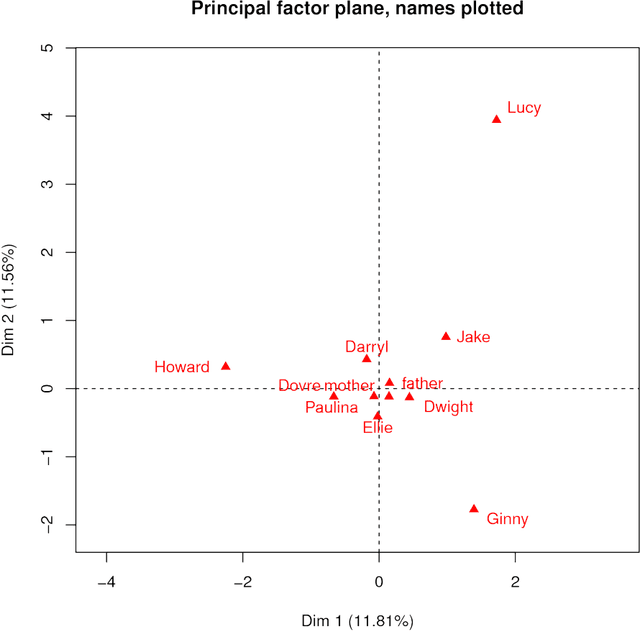
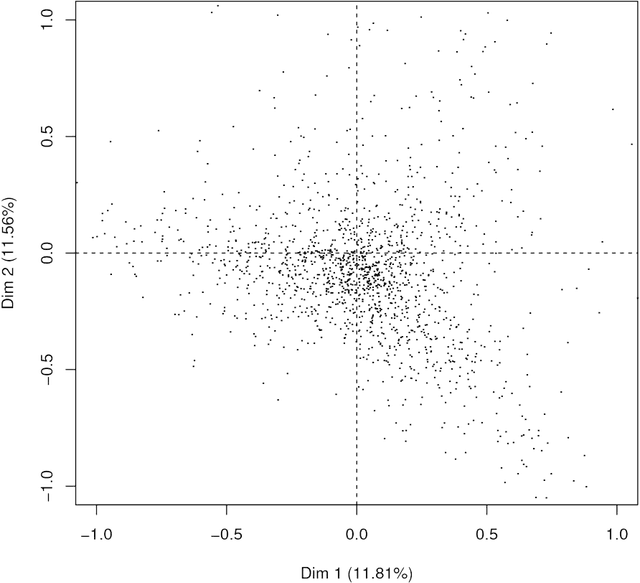
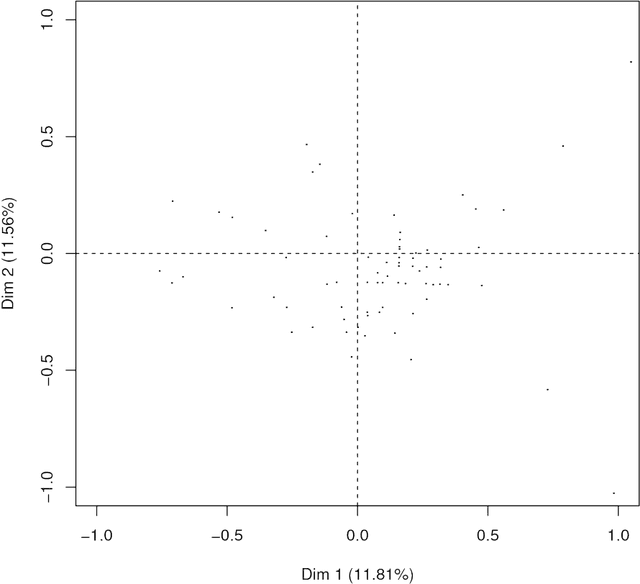
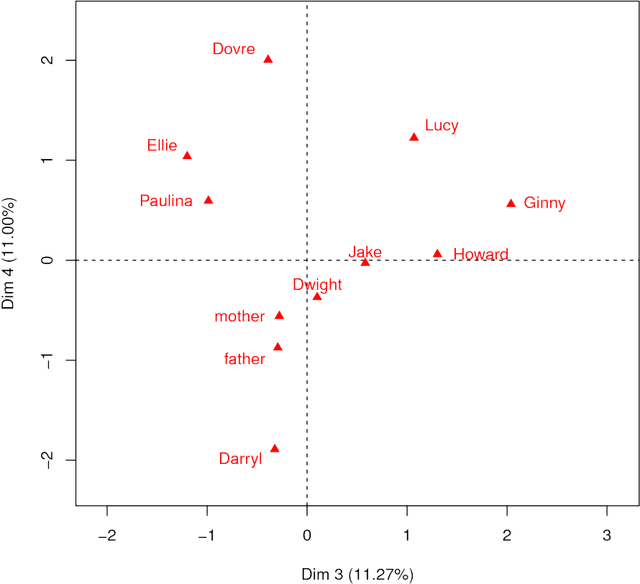
Abstract:Following detailed presentation of the Core Conflictual Relationship Theme (CCRT), there is the objective of relevant methods for what has been described as verbalization and visualization of data. Such is also termed data mining and text mining, and knowledge discovery in data. The Correspondence Analysis methodology, also termed Geometric Data Analysis, is shown in a case study to be comprehensive and revealing. Computational efficiency depends on how the analysis process is structured. For both illustrative and revealing aspects of the case study here, relatively extensive dream reports are used. This Geometric Data Analysis confirms the validity of CCRT method.
Visualization of Jacques Lacan's Registers of the Psychoanalytic Field, and Discovery of Metaphor and of Metonymy. Analytical Case Study of Edgar Allan Poe's "The Purloined Letter"
Jan 30, 2017
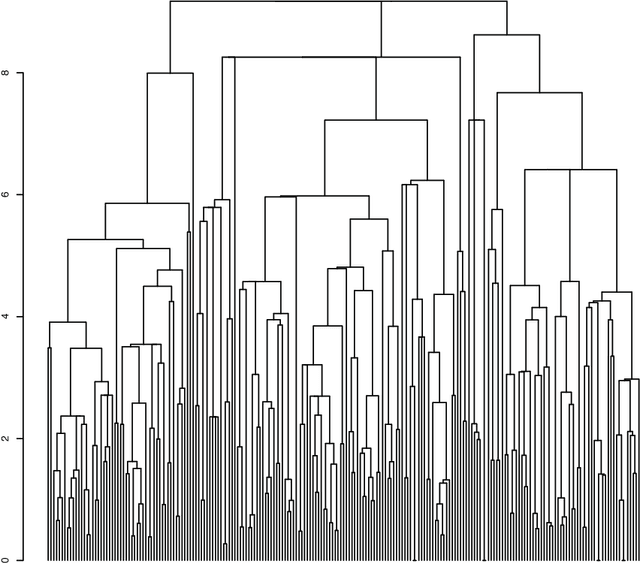
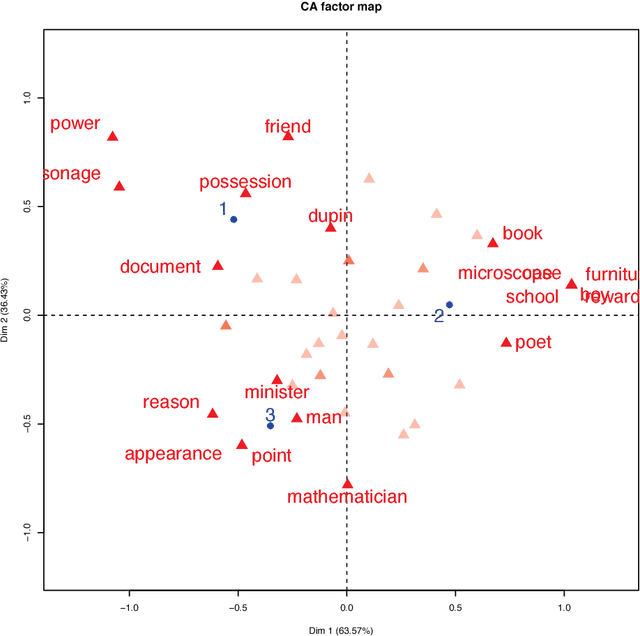

Abstract:We start with a description of Lacan's work that we then take into our analytics methodology. In a first investigation, a Lacan-motivated template of the Poe story is fitted to the data. A segmentation of the storyline is used in order to map out the diachrony. Based on this, it will be shown how synchronous aspects, potentially related to Lacanian registers, can be sought. This demonstrates the effectiveness of an approach based on a model template of the storyline narrative. In a second and more comprehensive investigation, we develop an approach for revealing, that is, uncovering, Lacanian register relationships. Objectives of this work include the wide and general application of our methodology. This methodology is strongly based on the "letting the data speak" Correspondence Analysis analytics platform of Jean-Paul Benz\'ecri, that is also the geometric data analysis, both qualitative and quantitative analytics, developed by Pierre Bourdieu.
 Add to Chrome
Add to Chrome Add to Firefox
Add to Firefox Add to Edge
Add to Edge